Home>Garden Essentials>What Kind Of Soil Mix For Containers?
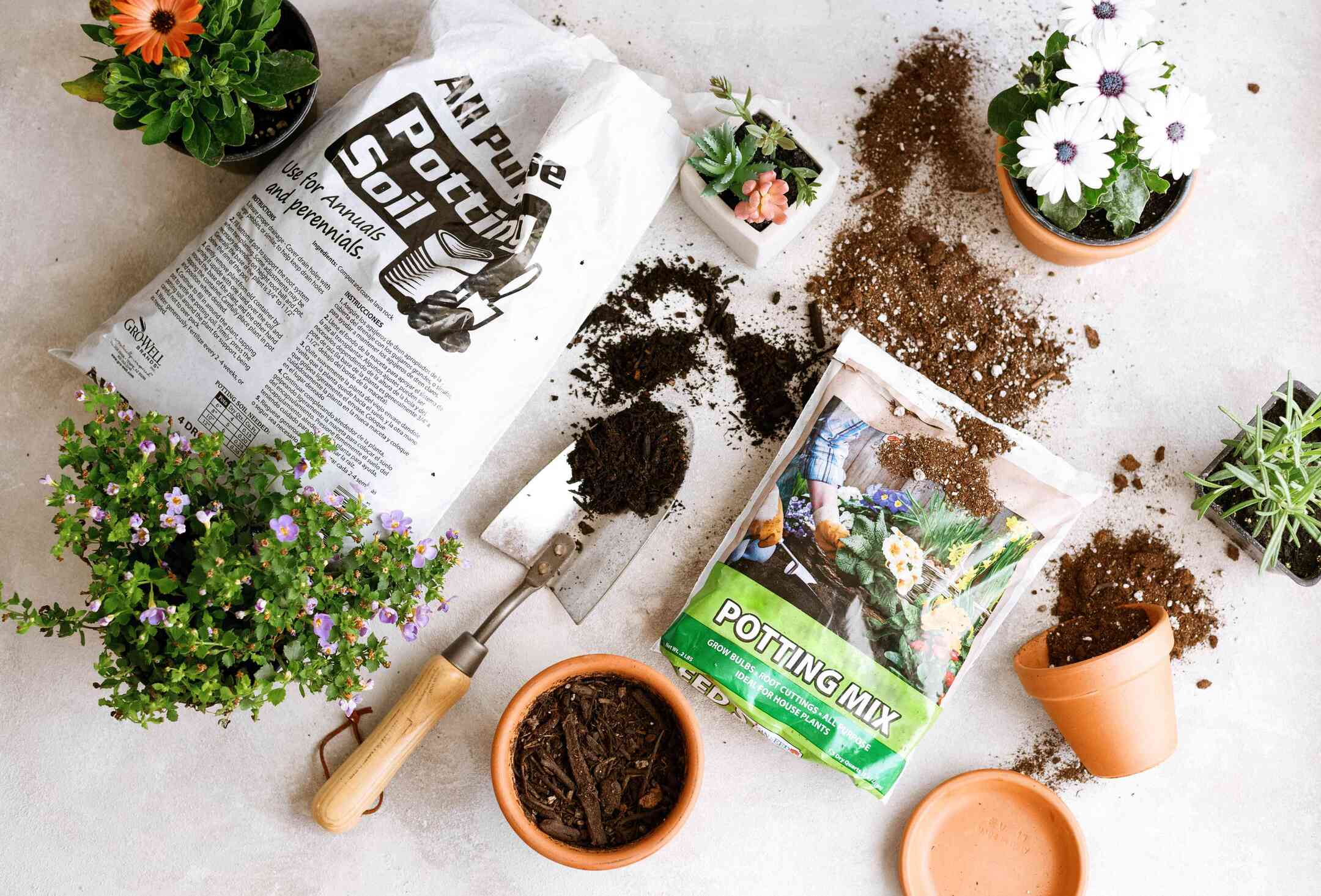

Garden Essentials
What Kind Of Soil Mix For Containers?
Modified: March 15, 2024
Discover the ideal soil mix for container gardening. Enhance the growth of your garden plants with the perfect soil composition.
(Many of the links in this article redirect to a specific reviewed product. Your purchase of these products through affiliate links helps to generate commission for Storables.com, at no extra cost. Learn more)
Introduction
Welcome to the wonderful world of container gardening! Whether you have a spacious balcony, a small patio, or even just a sunny windowsill, container gardening allows you to bring the beauty of plants and flowers into any space. One of the most crucial elements of successful container gardening is the soil mix used in your pots and planters.
Unlike traditional in-ground gardening, container gardening requires a specific soil mix that provides the necessary nutrients, drainage, and support for the plants. Choosing the right soil mix for your containers is essential for ensuring the health and vitality of your plants.
In this article, we will explore the importance of using the correct soil mix for containers, factors to consider when choosing a soil mix, common components of a soil mix, how to test and adjust the soil mix, and tips for using and maintaining the soil mix in containers.
So, whether you are a novice gardener or have a green thumb, let’s dig in and discover what kind of soil mix is best for your container gardening needs!
Key Takeaways:
- Choose the right soil mix for your container plants to ensure they get the nutrients, drainage, and support they need to thrive. Consider factors like plant type, container size, and environmental conditions for optimal growth.
- Incorporating organic matter, testing and adjusting the soil mix, and maintaining proper care will help your container plants flourish. Remember to choose the right container size, ensure proper drainage, and monitor moisture levels for healthy, vibrant plants.
Read more: What Kind Of Soil Mix For Milkweed
Importance of Soil Mix for Containers
When it comes to container gardening, the soil mix you use plays a critical role in the overall success of your plants. Unlike plants grown directly in the ground, container plants rely solely on the soil within the confines of the pot, making the soil mix even more crucial.
Here are a few key reasons why the soil mix is important for container gardening:
- Proper Drainage: Containers often lack the natural drainage that plants in the ground enjoy. The soil mix should be well-draining to prevent waterlogged roots, which can lead to root rot and ultimately the death of your plants.
- Nutrient Availability: Container plants have limited access to nutrients compared to their counterparts in the ground. A well-balanced soil mix provides an abundant supply of essential nutrients that plants need for healthy growth and development.
- Root Support: The soil mix should provide adequate support for the roots of your plants. It should be loose enough for roots to penetrate easily, ensuring good root growth and preventing root-bound plants.
- Moisture Retention: Containers tend to dry out faster than the ground due to increased exposure to sun and wind. The soil mix should have sufficient moisture-retaining properties to help plants withstand dry spells and reduce the frequency of watering.
By understanding these factors, you can see how vital it is to choose the right soil mix for your containers. A well-selected soil mix will create the ideal environment for your plants to thrive and flourish.
Factors to Consider in Choosing a Soil Mix for Containers
Choosing the right soil mix for your containers is essential for the health and success of your plants. Considering the following factors will help you make an informed decision:
- Plant type: Different plants have varying soil requirements. Some prefer well-draining soil, while others thrive in moisture-retentive soil. Take into account the specific needs of your plants when selecting the soil mix.
- Container size: The size of your container will impact the soil mix you choose. Larger containers with more soil volume can hold moisture for longer periods, while smaller containers may require a lighter mix to ensure proper drainage.
- Climate and environmental conditions: Consider the climate and environmental factors in your region. Plants in hot and dry areas may benefit from a soil mix that retains moisture, while those in wetter climates may require a mix that drains well to prevent waterlogged roots.
- Organic matter: The presence of organic matter in the soil mix is crucial for nutrient availability, moisture retention, and microbial activity. Look for a mix that includes compost, peat moss, or well-rotted manure to provide beneficial organic matter.
- pH level: The pH level of the soil mix affects nutrient availability to plants. Some plants prefer acidic soil, while others thrive in more alkaline conditions. Determine the optimal pH range for your plants and choose a mix that aligns with their needs.
- Fertilizer content: Consider whether the soil mix contains fertilizer or if you will need to supplement with additional nutrients. Some mixes come pre-blended with slow-release fertilizers, while others may require regular fertilizer applications.
By considering these factors, you can select a soil mix that meets the specific needs of your plants and provides them with an optimal growing environment.
Common Components of a Soil Mix for Containers
A well-balanced soil mix for containers should be a combination of different components that provide the necessary drainage, nutrient availability, and overall support for your plants. Here are the common components often found in a soil mix for containers:
- Peat moss: Peat moss is a common ingredient in soil mixes due to its ability to retain moisture while also providing good drainage. It helps prevent the soil from becoming compacted and acts as a reservoir for water and nutrients.
- Perlite or vermiculite: These materials are used to improve soil aeration and drainage. Perlite is a volcanic rock that is lightweight and porous, while vermiculite is a mineral that can hold water and improve moisture retention.
- Compost: Adding compost to the soil mix enriches it with organic matter, which helps improve nutrient availability and soil structure. Compost provides essential nutrients and supports beneficial microbial activity in the soil.
- Coconut coir: Coconut coir is a sustainable alternative to peat moss. It retains moisture well and helps with water absorption and drainage. Coir also provides good structure to the soil mix.
- Permeable materials: Adding small stones, sand, or gravel to the soil mix can enhance drainage. These permeable materials allow excess water to flow freely, preventing waterlogging and root rot.
- Fertilizer: Depending on the specific needs of your plants, you may choose a soil mix that already contains slow-release fertilizers or incorporate them separately. Fertilizers provide essential nutrients for healthy plant growth and development.
It’s important to note that the ratios of these components may vary depending on the plant’s requirements and the environmental conditions. Experimentation and observation will help you fine-tune the ideal soil mix for your containers.
Remember, a well-prepared soil mix provides the foundation for healthy plants, encouraging strong root development and enhancing overall plant growth and productivity.
Organic Matter in Soil Mix for Containers
Organic matter is a vital component of a soil mix for containers. It serves as a source of essential nutrients, improves soil structure, retains moisture, and supports beneficial microbial activity. Including organic matter in your container soil mix has several benefits for your plants:
- Nutrient availability: Organic matter, such as compost or well-rotted manure, contains a range of essential nutrients that plants need for healthy growth. As the organic matter decomposes, these nutrients slowly release into the soil, providing a steady supply to your plants.
- Improved soil structure: Adding organic matter helps improve the structure of the soil in containers. It reduces compaction and helps create air pockets, allowing for better drainage and root growth. The improved soil structure also promotes microbial activity, which further enhances nutrient availability.
- Moisture retention: Organic matter acts as a sponge, retaining moisture in the soil mix. This is especially beneficial in container gardening, where moisture can quickly evaporate due to exposure to wind and sun. The organic matter helps keep the soil moisture level more consistent, reducing the frequency of watering.
- Enhanced microbial activity: Organic matter provides a food source for beneficial microorganisms in the soil. These microbes break down organic matter further, releasing nutrients in a form that plants can readily absorb. The presence of microbial activity improves soil health and plant vigor.
- Long-term soil fertility: Continually incorporating organic matter into your container soil mix helps build soil fertility over time. This is especially important in container gardening, where replenishing nutrients becomes essential due to the limited amount of soil volume available to plants.
When selecting organic matter for your soil mix, choose high-quality compost, well-rotted manure, or other organic materials that are free from weeds and pathogens. It’s best to make your own compost or source it from reputable suppliers to ensure its quality.
Remember that while organic matter is essential, it’s important to strike a balance. Excessive amounts of organic matter can lead to waterlogged soil and hinder root growth. Aim for a soil mix that contains around 20-30% organic matter for optimal results.
By including organic matter in your soil mix, you create a nourishing environment that promotes healthy plant growth, improves nutrient availability, and supports long-term soil fertility.
When creating a soil mix for containers, use a combination of potting soil, perlite, and compost for good drainage and nutrient retention. Aim for a mix that is light, well-draining, and rich in organic matter.
Read more: What Kind Of Soil Mix For Vegetable Garden
Choosing the Right Soil Mix for Different Types of Plants
Different types of plants have varying soil requirements to thrive and flourish. Understanding these specific needs will help you choose the right soil mix for your container gardening endeavors. Here are some guidelines for selecting the appropriate soil mix for different types of plants:
- Flowering plants: Most flowering plants prefer a well-draining soil mix to prevent waterlogged roots. Aim for a mix that contains a combination of peat moss, perlite, and compost. This will provide good drainage, nutrient availability, and support healthy root development.
- Foliage plants: Foliage plants, such as ferns and palms, often prefer a soil mix that retains more moisture. Incorporating coconut coir or vermiculite into the mix can help with moisture retention without sacrificing proper drainage.
- Succulents and cacti: Succulents and cacti thrive in well-draining soil with minimal moisture retention. A soil mix composed of a high percentage of perlite or coarse sand will provide the right conditions for these plants that are prone to root rot in overly damp soil.
- Herbs and vegetables: Herbs and vegetables benefit from a nutrient-rich soil mix that retains moisture while also providing good drainage. Incorporate compost or well-rotted manure into the mix for added organic matter and nutrient availability.
- Indoor houseplants: Indoor houseplants generally prefer a well-aerated soil mix that drains well. A combination of peat moss, perlite, and vermiculite is often suitable for most indoor plant varieties.
Additionally, it’s important to consider the specific needs of individual plant species within these categories. Some may prefer a more acidic soil, while others may require a specific nutrient balance. Researching the specific requirements for each plant will guide you in tailoring the soil mix accordingly.
Experimentation and observation are key when determining the right soil mix for different plants. Pay attention to how your plants respond to the soil mix and make adjustments as needed. By understanding the unique needs of various plant types, you can create an environment that supports their growth, health, and overall well-being.
Testing & Adjusting the Soil Mix for Containers
Testing and adjusting the soil mix for your containers is an important step in ensuring the optimal growing conditions for your plants. Here are some methods you can use to test and adjust the soil mix:
- Soil pH testing: Testing the pH level of your soil mix is crucial, as it affects the availability of nutrients to your plants. You can use a pH testing kit or get your soil tested by a local agricultural extension office. Adjust the pH level by adding amendments such as lime to increase alkalinity or sulfur to increase acidity.
- Drainage test: To determine if your soil mix has proper drainage, give it a thorough watering and observe how long it takes for the water to drain out of the container. If it takes an excessive amount of time or if there is pooling water around the drainage holes, you may need to amend the mix with additional perlite or vermiculite to improve drainage.
- Moisture retention test: Assessing how well your soil mix retains moisture is important, especially in dry regions or for plants that require adequate moisture. Water the container thoroughly and monitor how long it takes for the soil to dry out. If it dries out too quickly, consider adding more organic matter or coconut coir to improve the water-holding capacity.
- Observation and plant response: The best indicator of whether your soil mix needs adjustment is to observe how your plants are growing. If they are showing signs of nutrient deficiencies, such as yellowing leaves or stunted growth, you may need to amend the mix with a slow-release fertilizer or incorporate more compost for an extra nutrient boost.
Adjusting the soil mix may involve adding or subtracting specific components until you achieve the desired balance. It can be a trial-and-error process, so be patient and willing to make adjustments along the way.
Remember to consider the specific needs of your plants and the environmental conditions in your area. Regular soil testing and observation of plant health will help you maintain an optimal soil mix for your containers and ensure the long-term success of your plants.
Tips for Properly Using and Maintaining Soil Mix in Containers
Using and maintaining the soil mix in your containers is essential for the health and longevity of your plants. Here are some helpful tips to ensure you get the most out of your soil mix:
- Choose the right container size: Select containers that are appropriate for the size and growth habits of your plants. A container that is too large may retain excess moisture, while a small container can restrict root growth. Find a balance that allows for proper drainage and ample space for root development.
- Ensure proper drainage: Good drainage is crucial for preventing waterlogged roots. Make sure your containers have drainage holes at the bottom to allow excess water to escape. Placing a layer of rocks or broken pottery at the bottom can further enhance drainage.
- Use a potting mix specifically designed for containers: Potting mixes are formulated to provide the necessary balance of nutrients, drainage, and aeration for container plants. Avoid using garden soil, as it can become compacted and hinder proper root growth.
- Monitor moisture levels: Regularly check the moisture level of your soil mix by sticking your finger about an inch into the soil. If it feels dry, it’s time to water. Be careful not to overwater, as this can lead to root rot. Adjust your watering frequency based on the needs of your plants and the moisture retention properties of your soil mix.
- Consider regular fertilization: While a good potting mix will contain some nutrients, container plants often benefit from additional fertilization. Use a slow-release fertilizer or liquid fertilizer according to the specific needs of your plants. Follow the product instructions for proper application rates and frequency.
- Ensure proper air circulation: Adequate air circulation is important for preventing fungal diseases and promoting healthy root growth. Avoid overcrowding your containers and allow enough space between plants to allow for proper airflow.
- Monitor for pests and diseases: Keep an eye out for common pests and diseases that can affect container plants. Regularly inspect your plants for any signs of infestation or disease, and take appropriate measures to control and treat the problem.
- Refresh and replenish: Over time, the nutrients in your soil mix will deplete. Refresh your containers by replacing the top inch or two of soil mix each year and adding a fresh layer of compost to replenish nutrients.
By following these tips, you’ll be able to maintain a healthy soil mix for your containers and provide the best growing conditions for your plants. Remember to adapt your practices based on the specific needs of your plants and the environmental conditions in your area.
Conclusion
Selecting the right soil mix for your container gardening endeavors is essential for the health and vibrancy of your plants. The soil mix serves as the foundation, providing essential nutrients, proper drainage, and support for root growth. By understanding the importance of the soil mix and considering factors such as plant type, container size, and environmental conditions, you can create the ideal soil mix for your plants.
Organic matter, such as compost and well-rotted manure, plays a vital role in enhancing soil fertility, improving drainage, and retaining moisture. Including organic matter in your soil mix ensures the long-term health and productivity of your plants.
Testing and adjusting the soil mix is crucial for maintaining optimal growing conditions. Regularly monitoring pH levels, drainage, moisture retention, and observing plant response will guide you in making necessary amendments to the soil mix.
Properly using and maintaining the soil mix involves choosing the right container size, ensuring proper drainage, using a quality potting mix, monitoring moisture levels, fertilizing as needed, promoting air circulation, and staying vigilant against pests and diseases. Refreshing and replenishing the soil mix periodically will help sustain its nutrient content and overall quality.
Remember, successful container gardening is a combination of choosing the right plants, providing proper care and maintenance, and using the appropriate soil mix. With the right soil mix, your container plants will thrive, bringing beauty and greenery to your space for years to come.
So, grab your containers, choose your soil mix wisely, and let your gardening adventure begin!
Frequently Asked Questions about What Kind Of Soil Mix For Containers?
Was this page helpful?
At Storables.com, we guarantee accurate and reliable information. Our content, validated by Expert Board Contributors, is crafted following stringent Editorial Policies. We're committed to providing you with well-researched, expert-backed insights for all your informational needs.
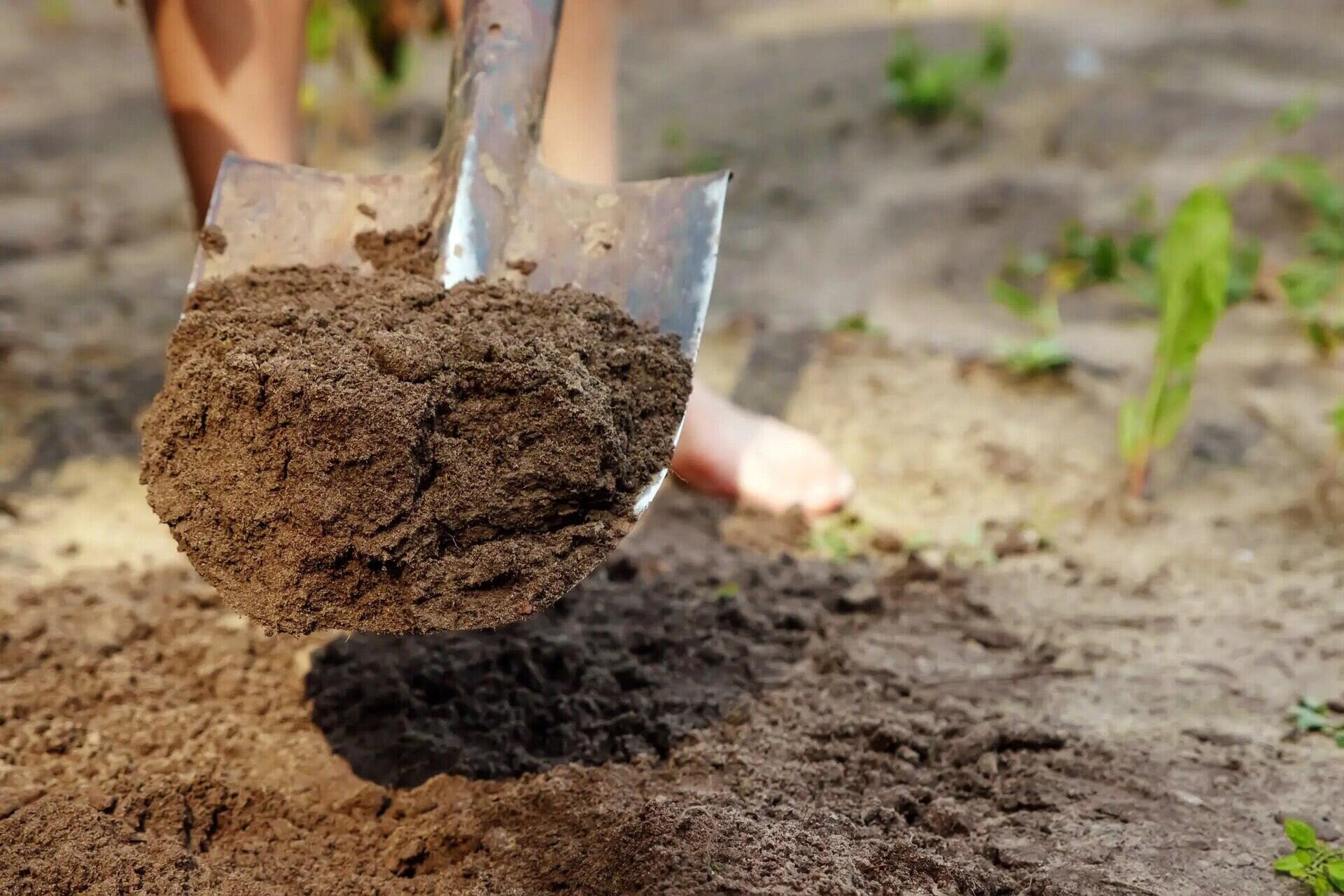
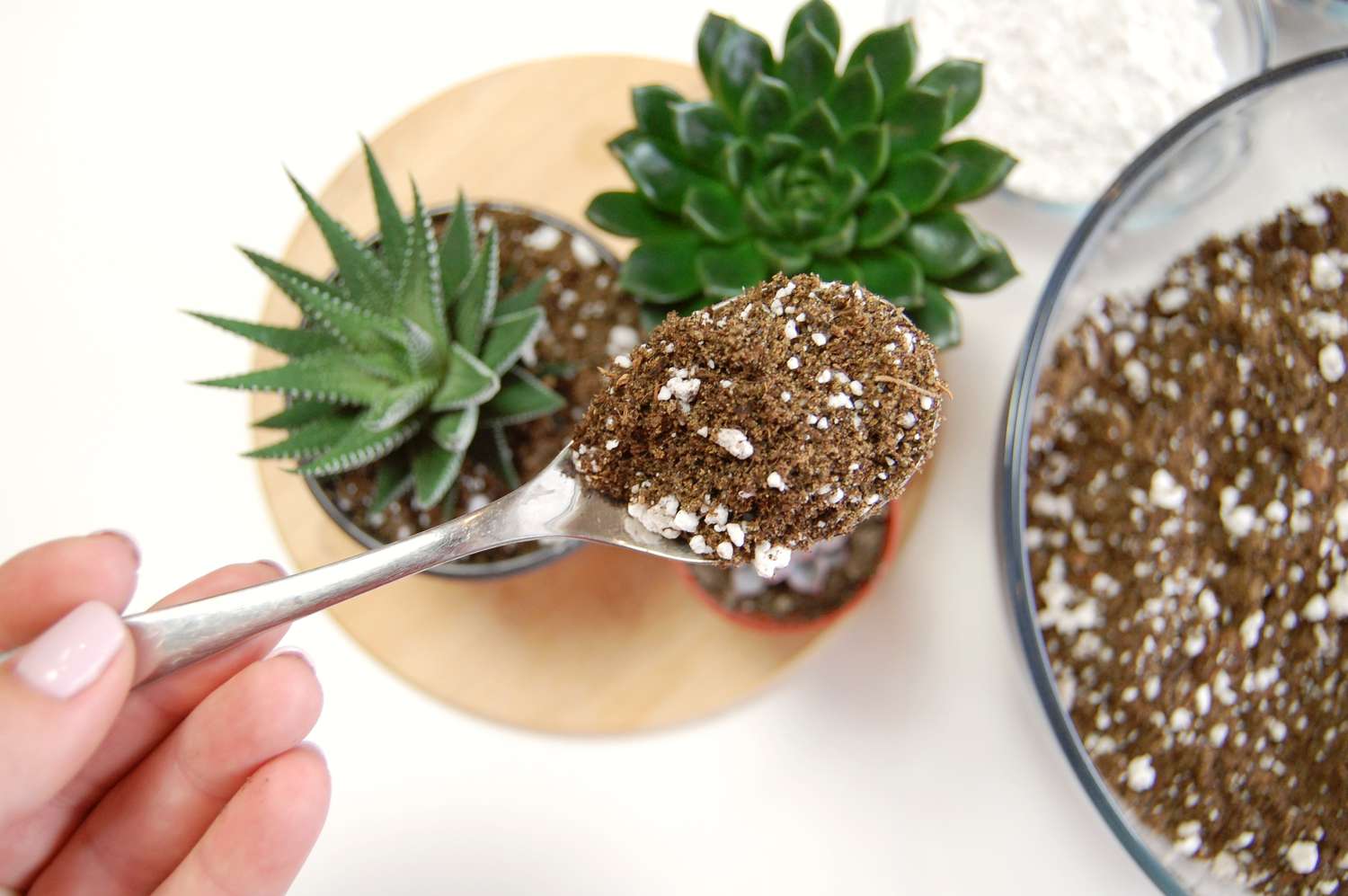
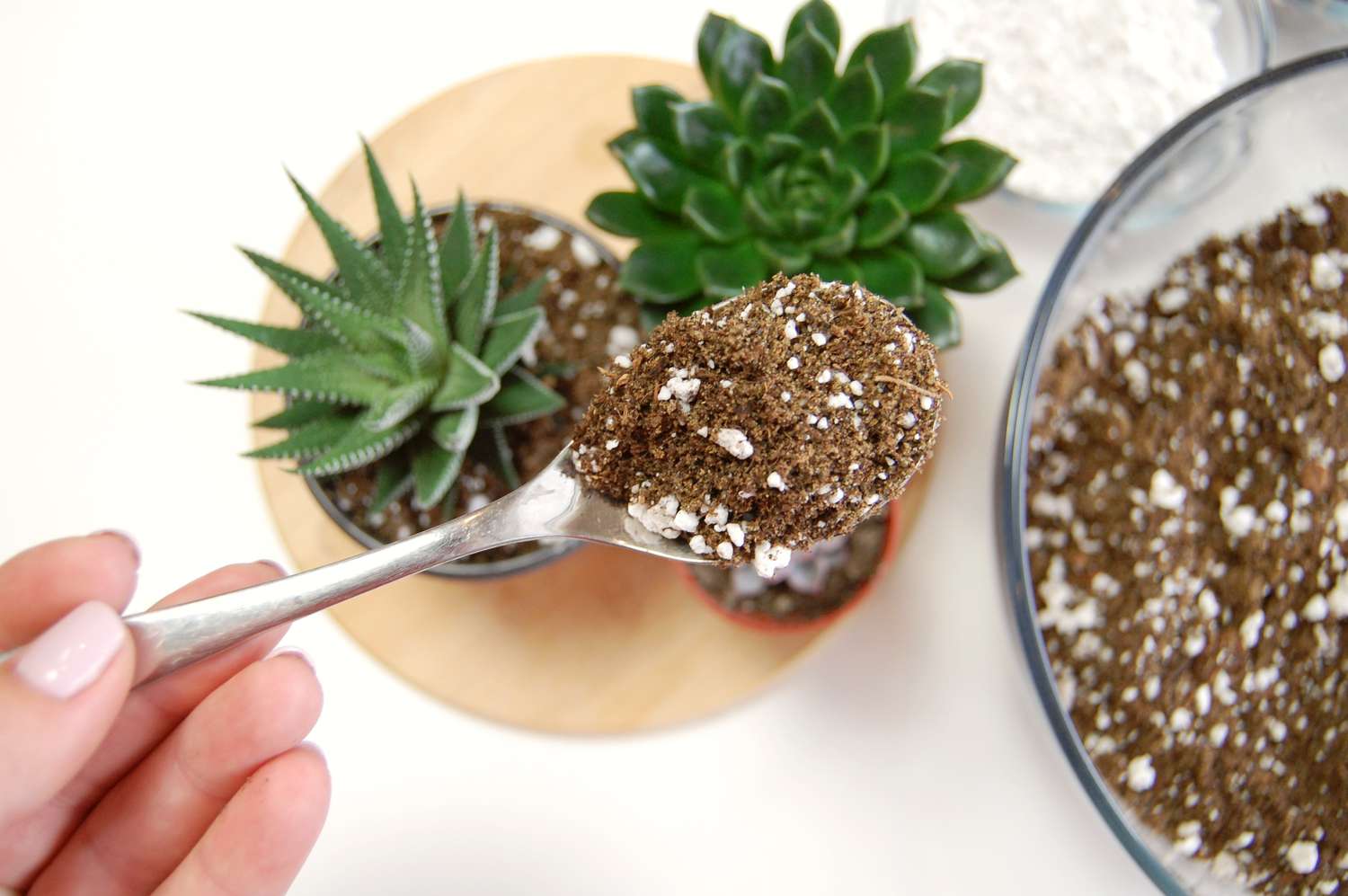
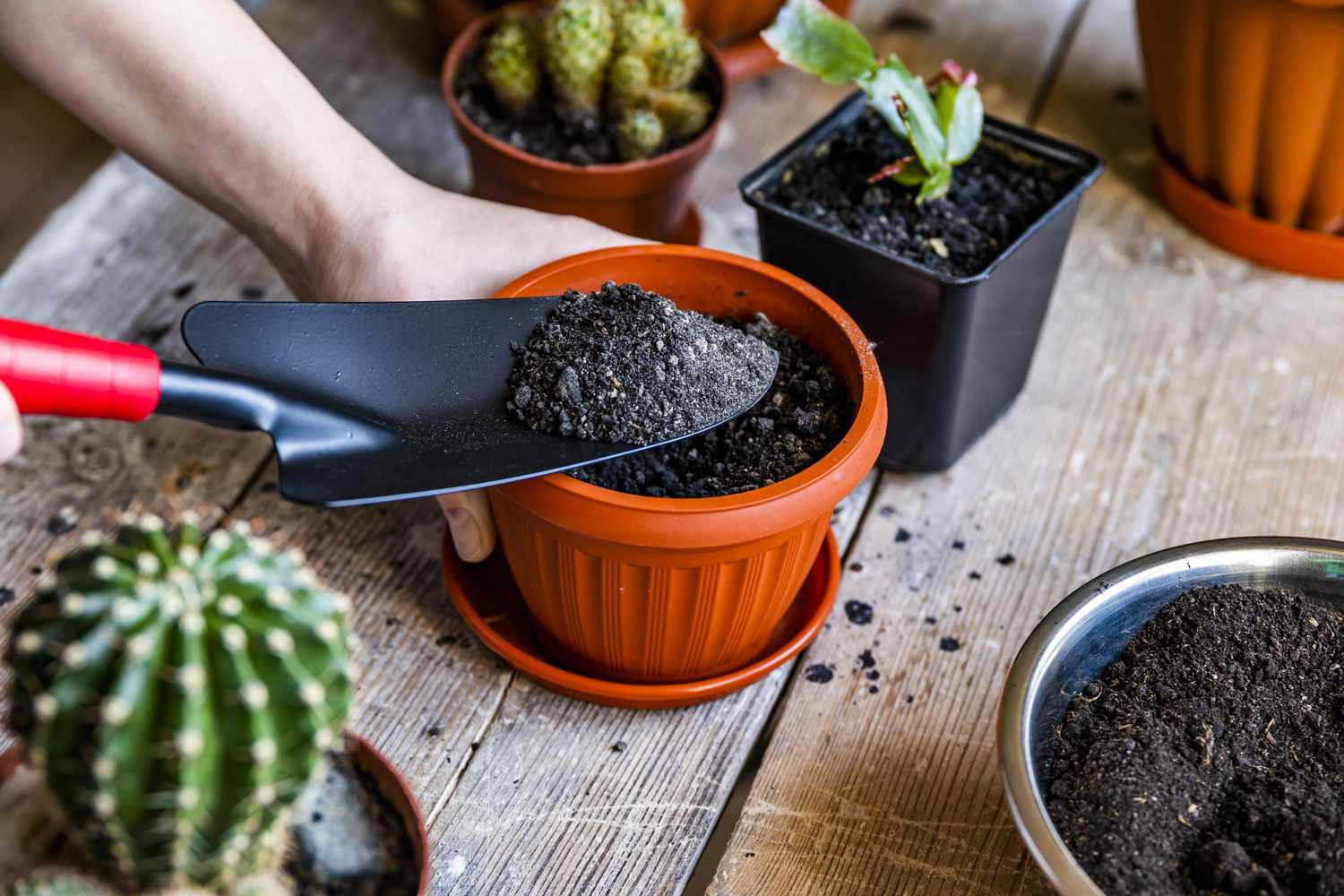
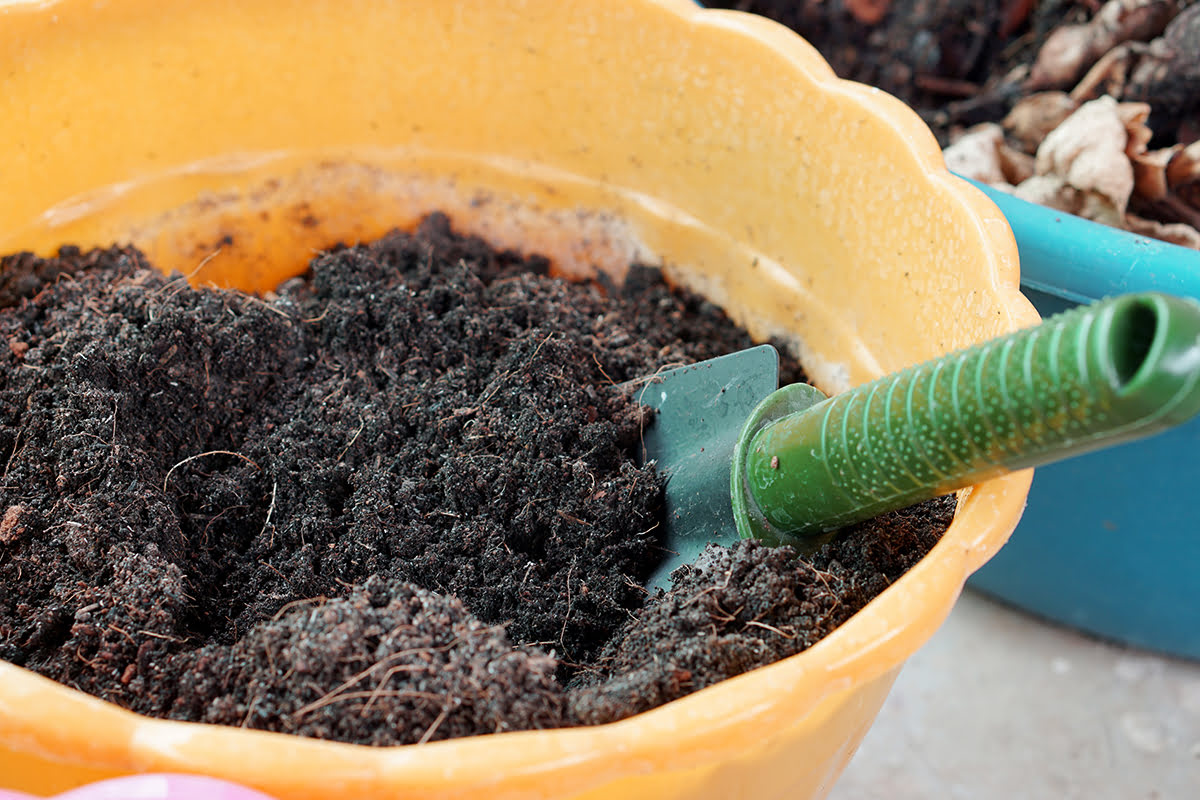
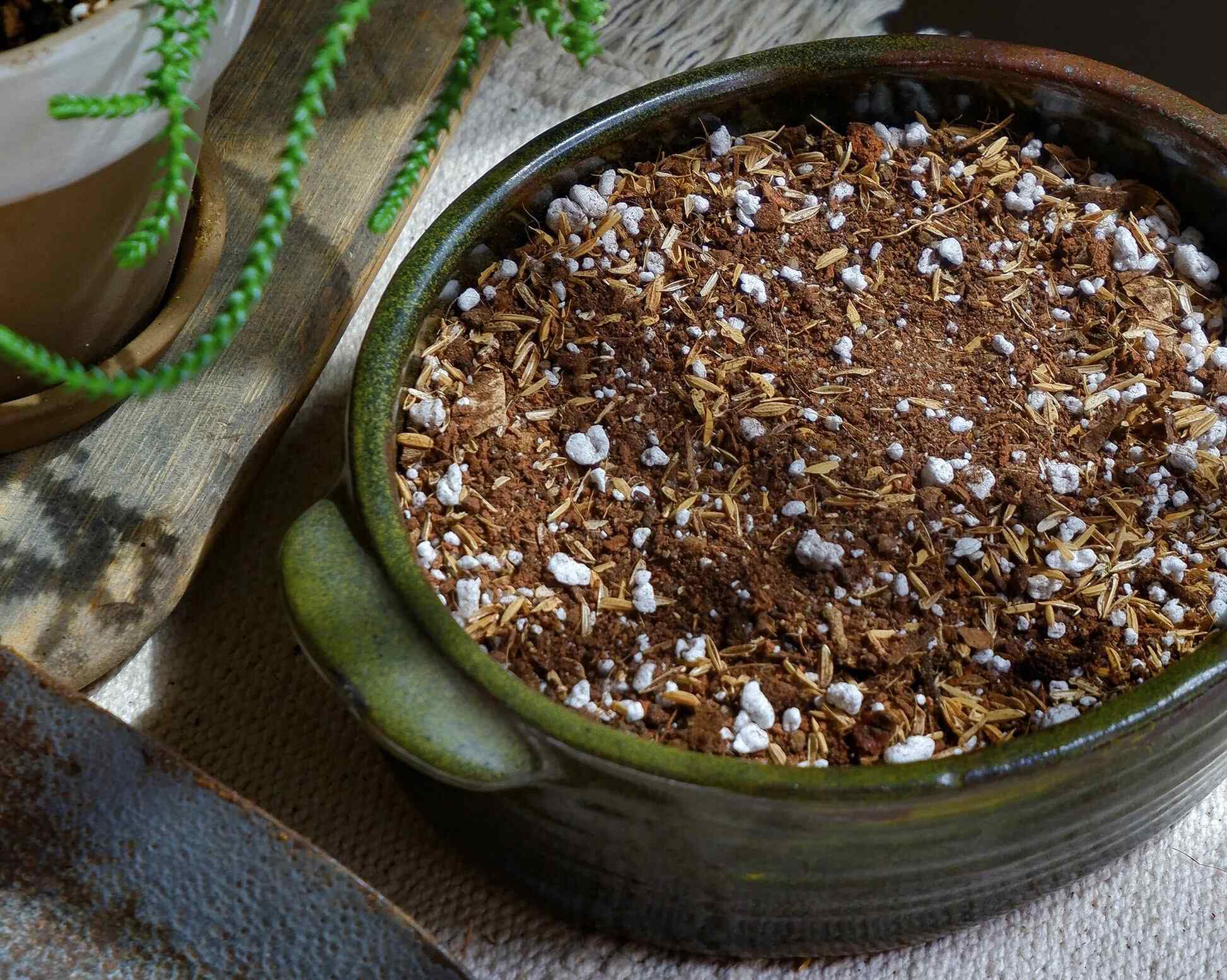
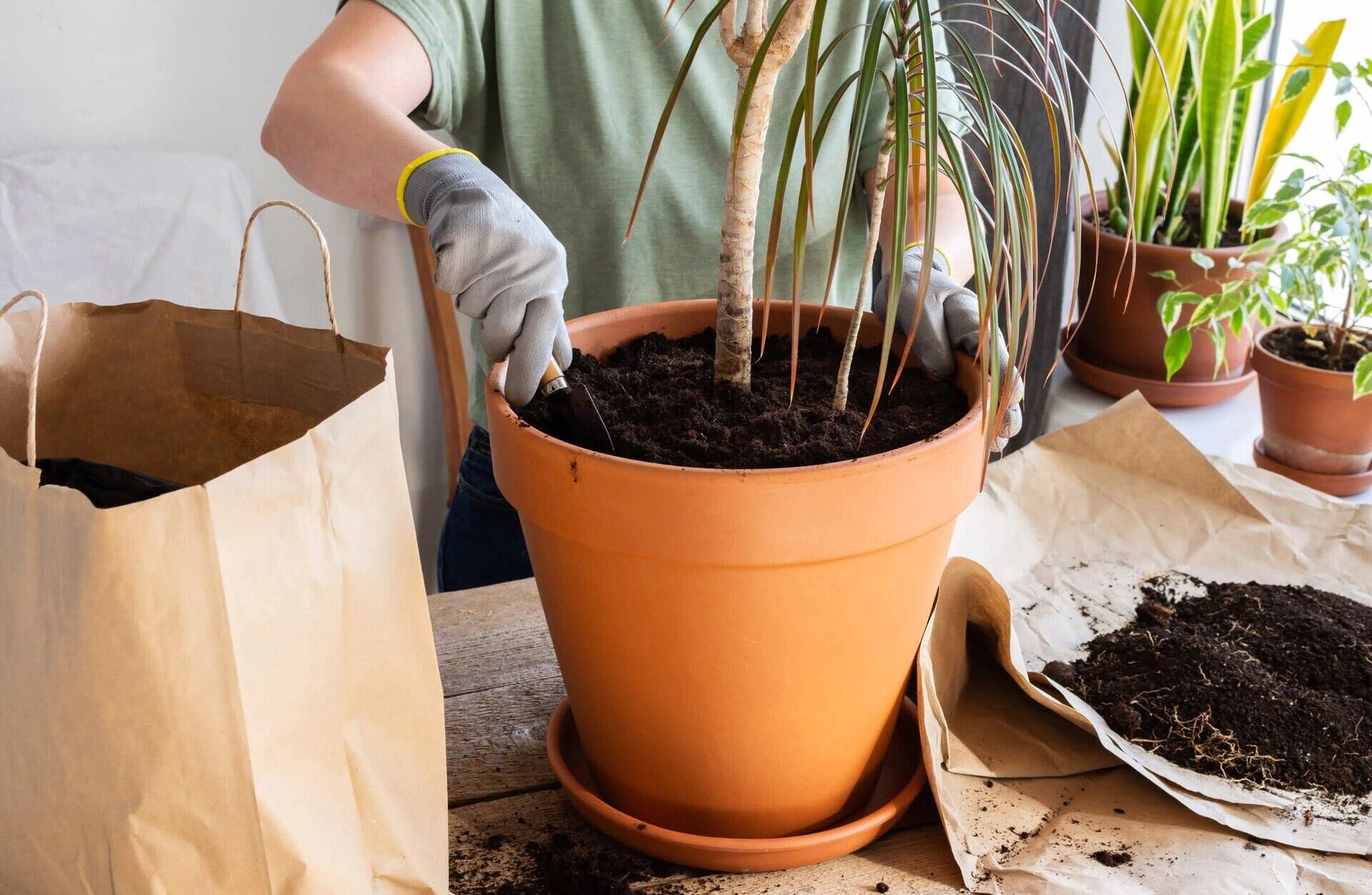
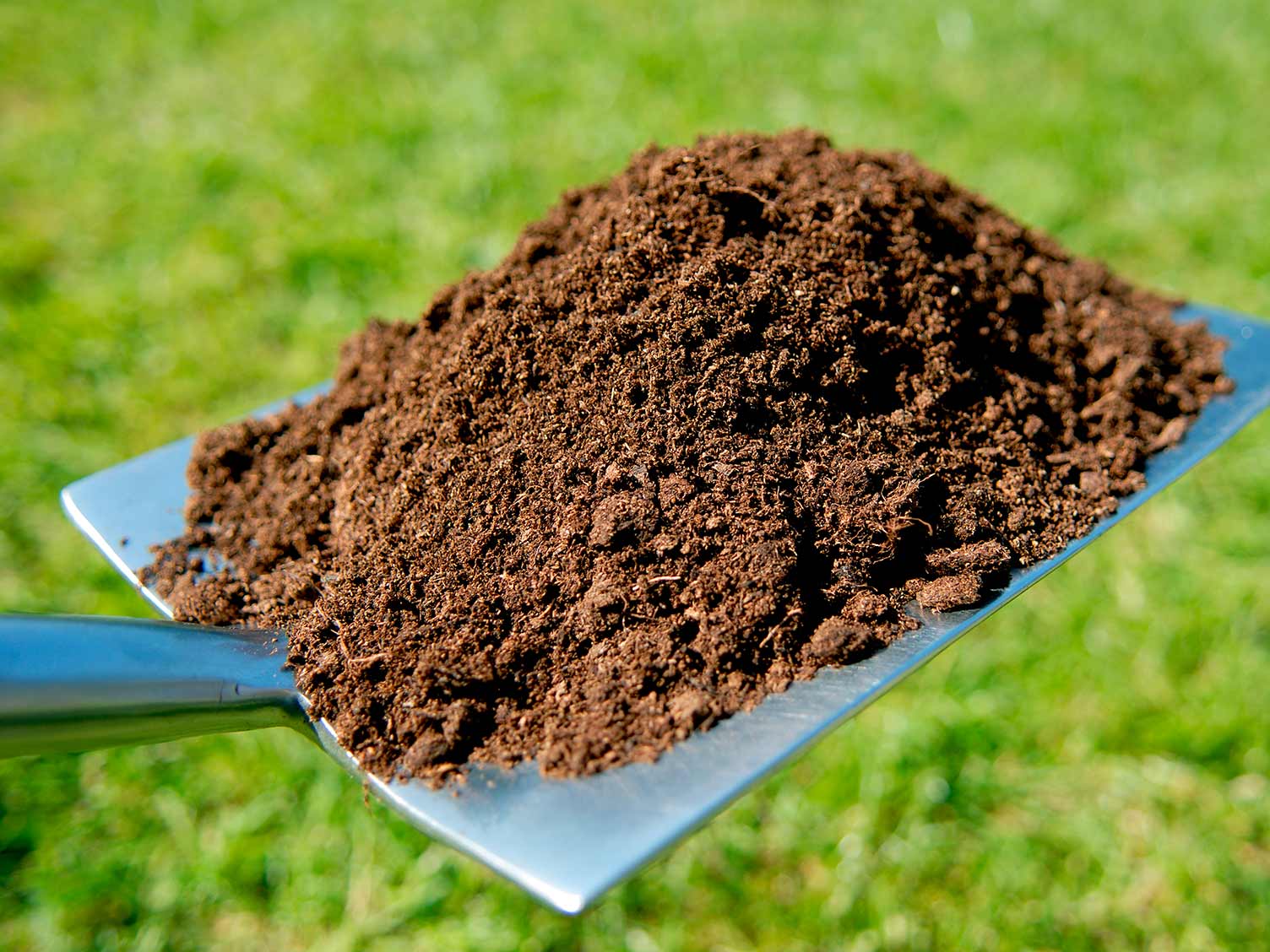
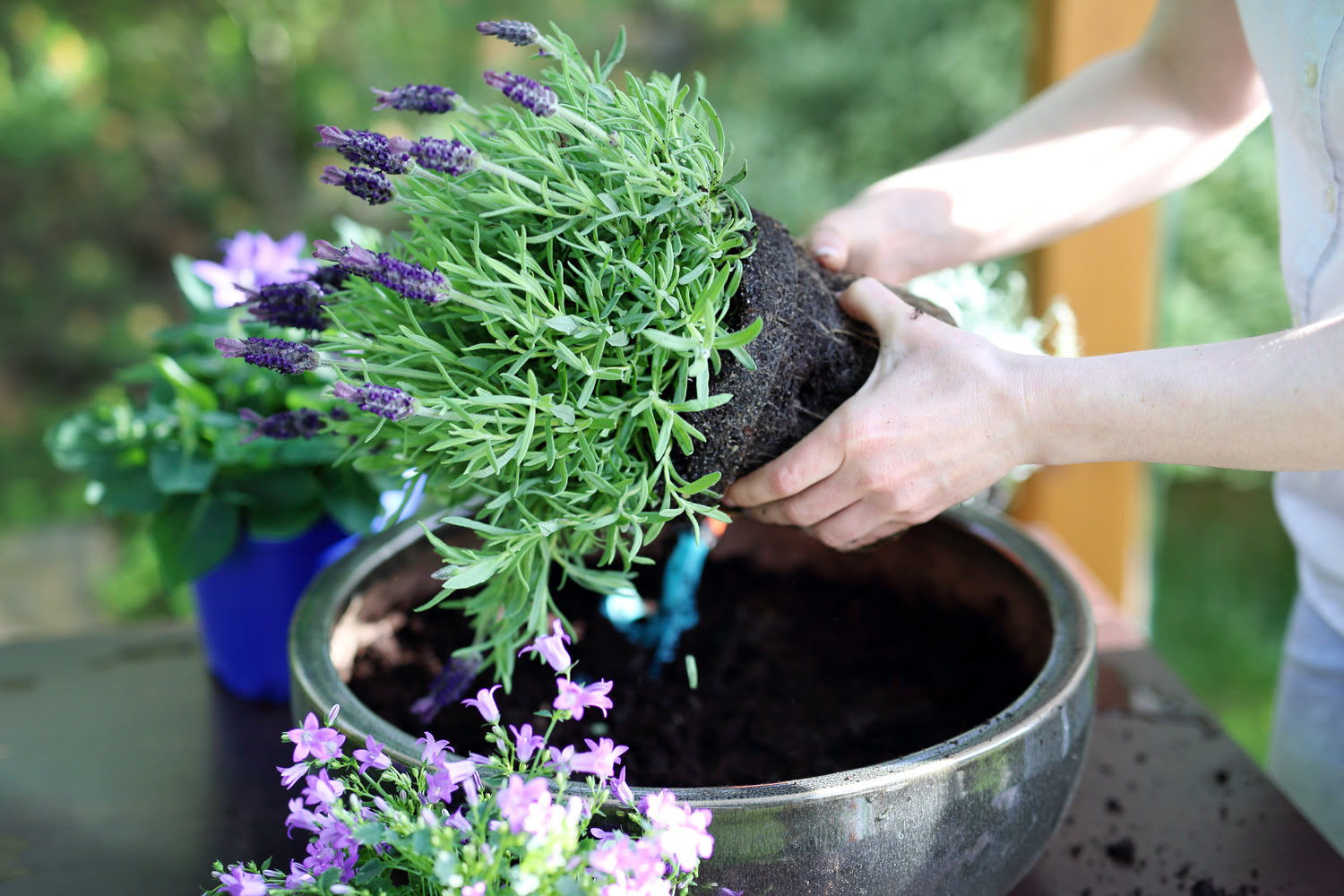
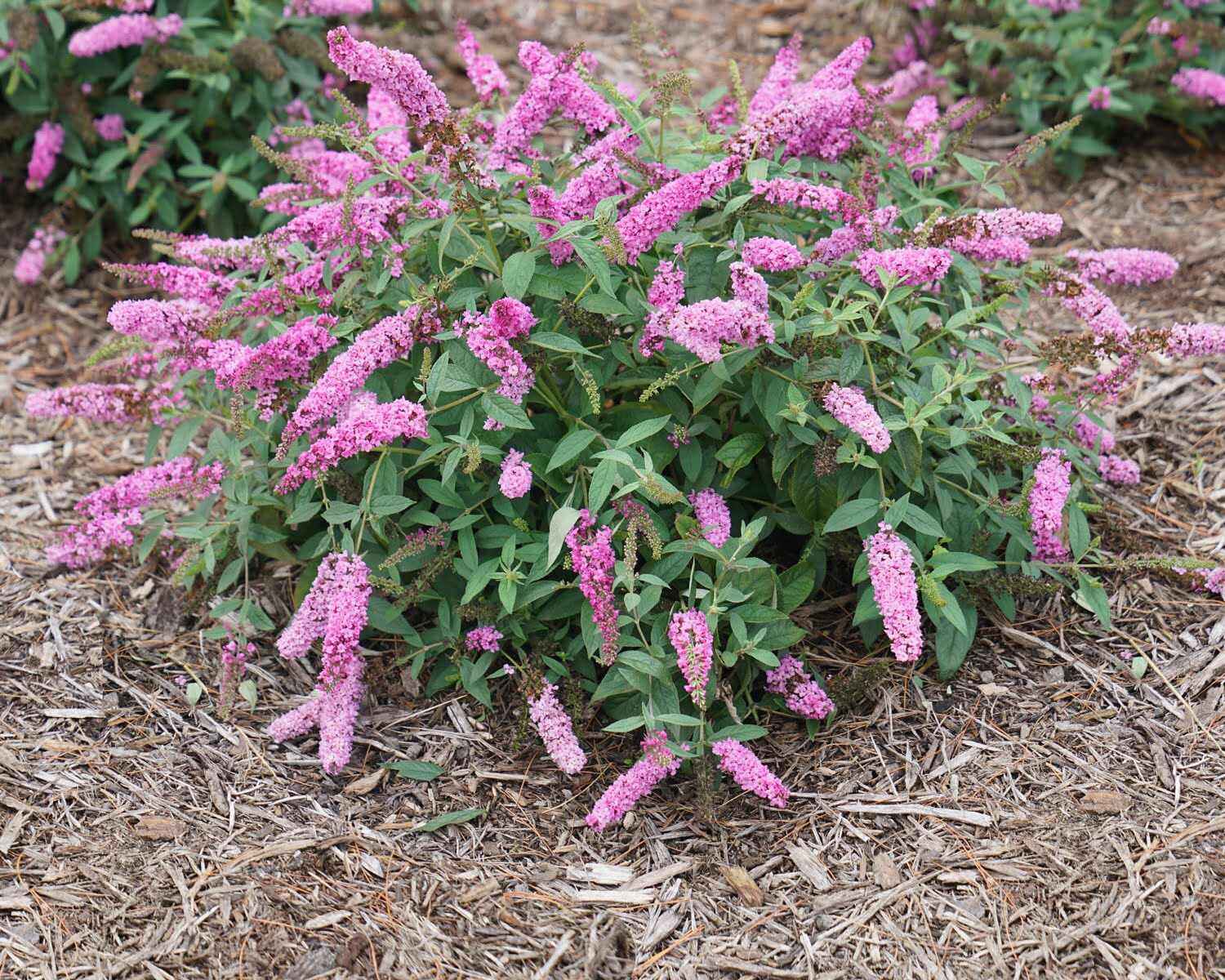
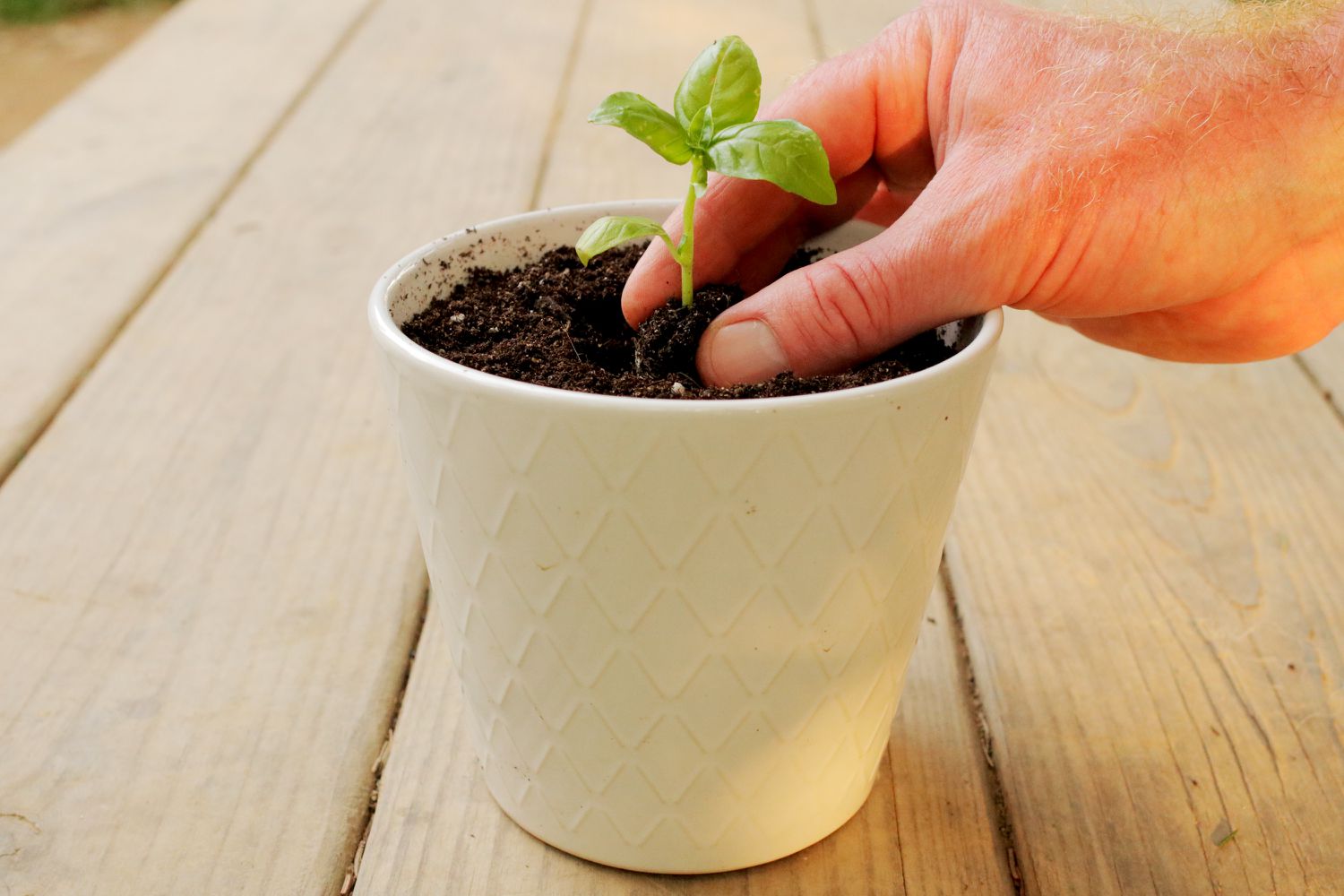
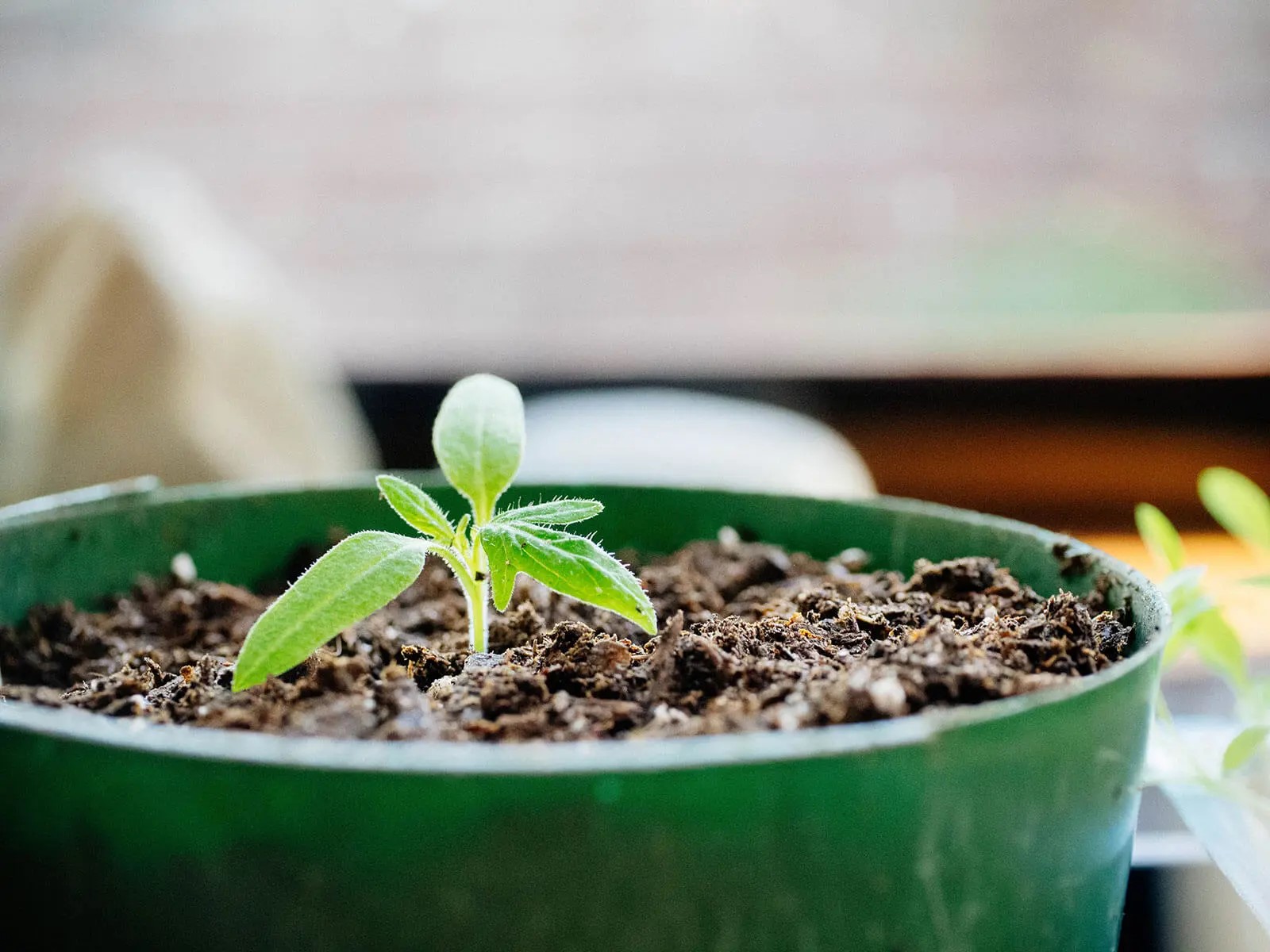
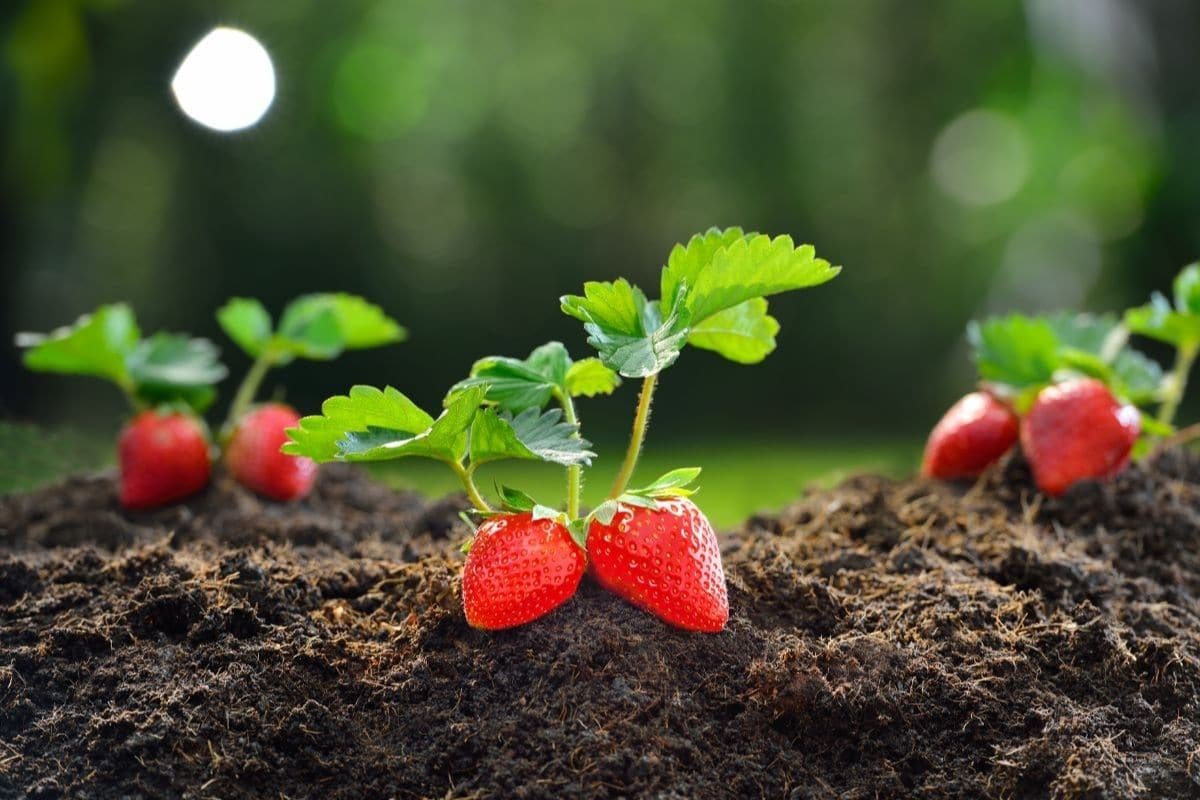
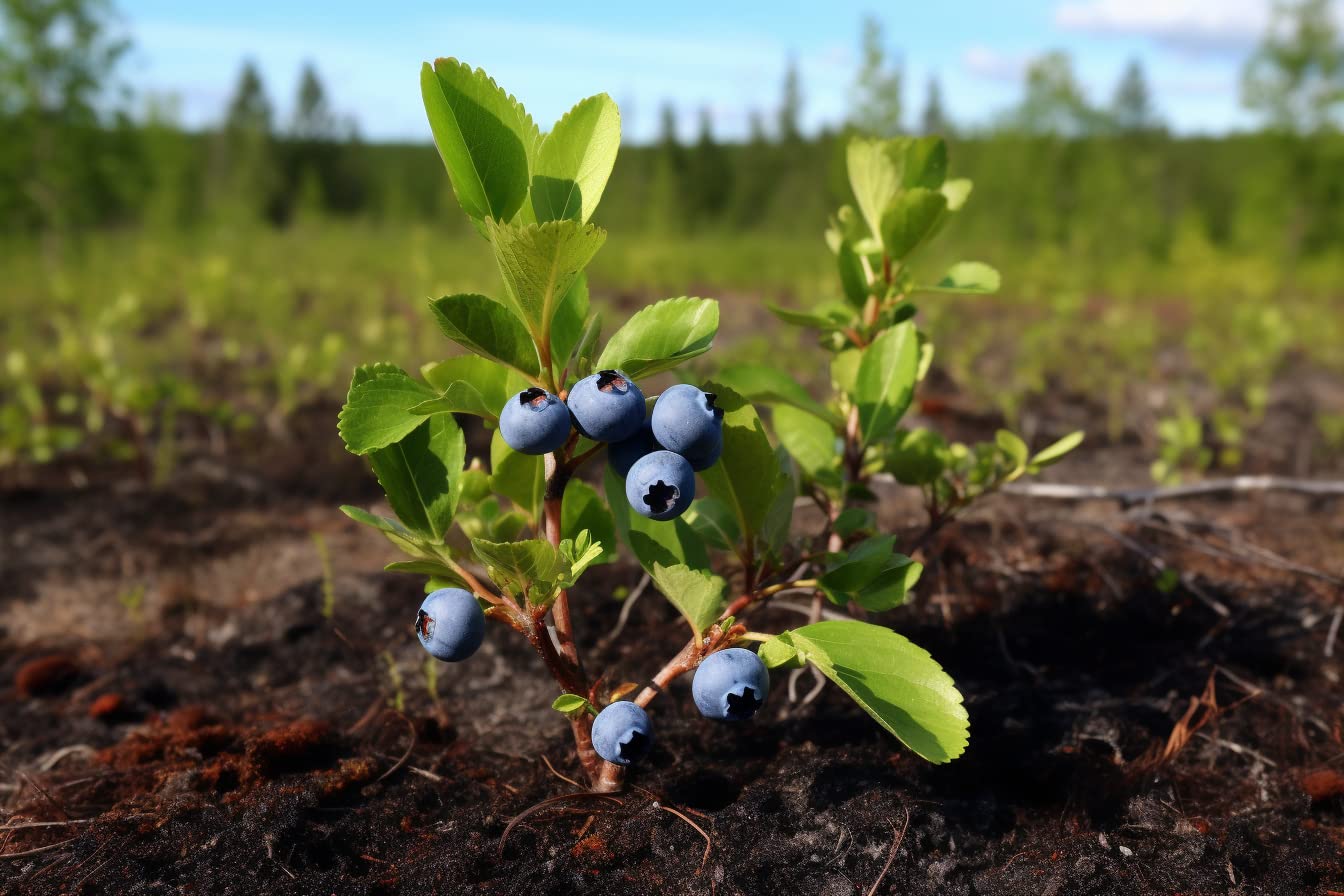

0 thoughts on “What Kind Of Soil Mix For Containers?”